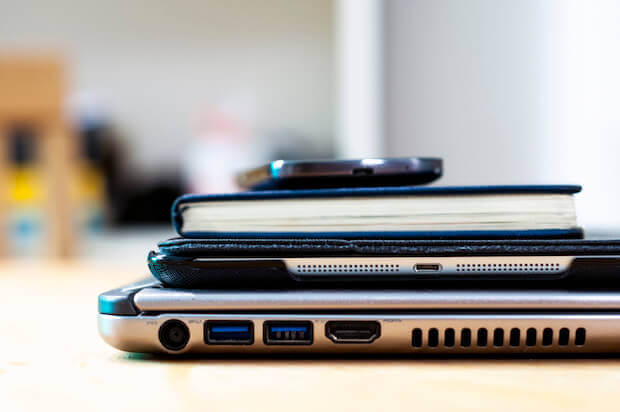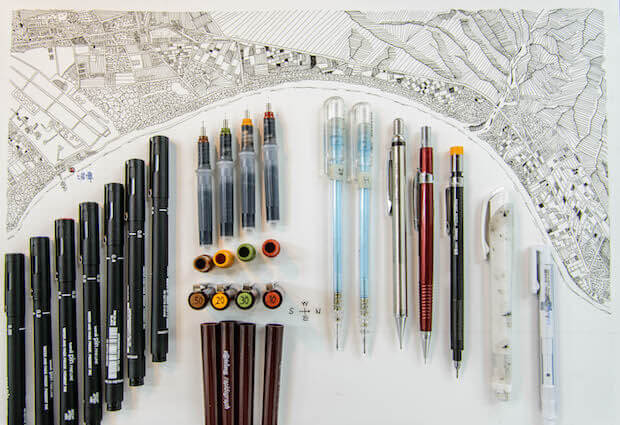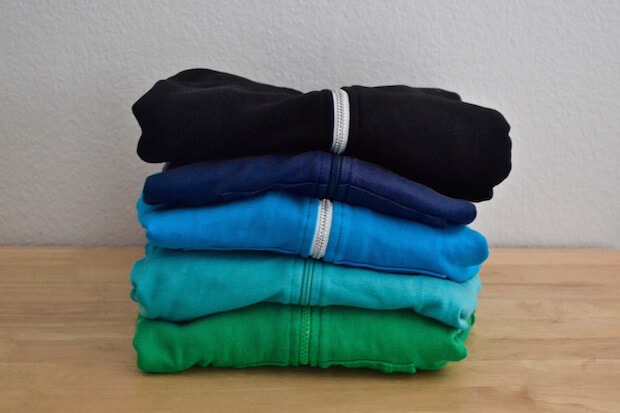
In the current age of the internet, it’s no surprise that education and learning has found its way online. Khan Academy is a not-for-profit online learning tool. They are making learning more efficient and accessible by putting entire school curriculums into a simple, easy-to-navigate online format.
Khan Academy can be a useful tool for parents and tutors because it can easily gauge a child’s progress. As a child goes through the free online courses, parents and tutors can see exactly the kinds of struggles the child is having in real time. It can also be the tool that helps your child stay motivated in their schoolwork!
Have a tutor understand your child’s methods with collaborative online learning
One of the challenges that teachers sometimes face is catering course content to each child’s learning abilities. This is why private tutoring is important. It gives children individual attention so they can absorb a curriculum at their own pace. This is exactly what Khan Academy can help facilitate.
When a tutor is working with your child, the tutor hasn’t actually sat through the class with your child. Yes, they have your child’s textbooks and homework to reference, and are very familiar with the curriculum. They also have a wealth of their own teaching resources. However, they don’t necessarily get to see how your child is learning day-to-day in the classroom.
It’s a tutor’s job to come up with a customized learning plan and strategy for your child’s education. By having a child go through Khan Academy’s online lessons with a tutor, it’s possible that an even more customized learning plan will come to fruition for your child. This is because a tutor can witness your child’s approaches to problems, how they comprehend information, and how they fare when it comes to testing.
Get your child motivated in school by using fun online lessons with Khan Academy
Classrooms are already integrating laptops, tablets, web lessons, YouTube video resources, etc. With the onset of the technological age, more and more of free online education tools like Khan Academy are beginning to pop up.
There are no massive textbooks to lug around, unruly notebooks, or pencil scribbles. Khan Academy is a visually appealing – dare we say alluring – website that is so beautifully laid out, you almost feel excited to start seeing progress bars light up. So if you’ve ever asked yourself how to get your child motivated in school, a good starting point would be to explore the interactive realm of fun, online learning.
Teachers and tutors will do their best to keep things exciting, but learning starts and ends with your child– they have to find the motivation and incentive to keep going! An online learning program with Khan Academy might be the missing piece of the pie to keep your child consistently interested in their education.




